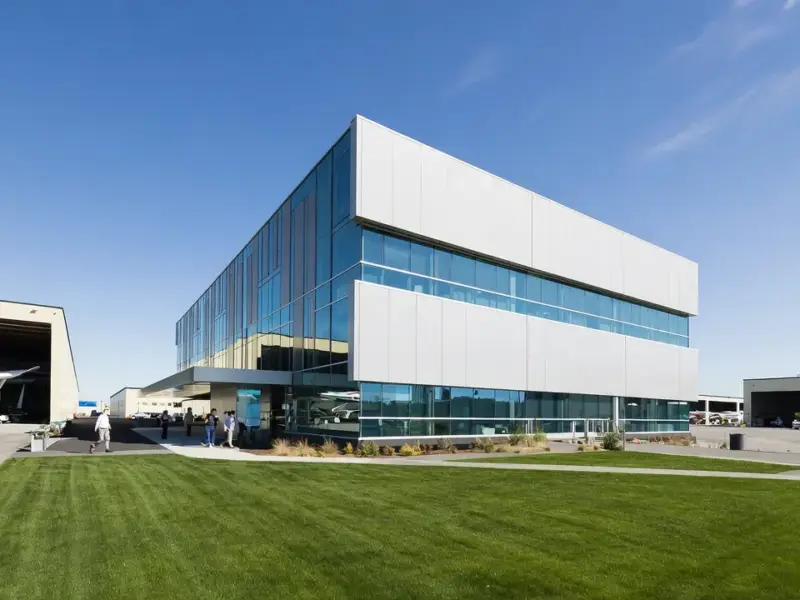According to TheRegister.com, Meta just announced plans to invest $600 billion in US infrastructure and jobs by 2028 through a massive datacenter expansion. This dwarfs even OpenAI’s $500 billion Stargate initiative, but there’s a huge problem: Meta can’t actually afford it. The company would need to nearly triple its capital expenditures from the $70-72 billion it expects to spend in 2025. Despite earning $62 billion profit last year (up from $39 billion in 2023), Meta would need to use all its near-liquid assets and every dollar of future profit to even approach this goal. The company is already taking on massive debt, including a $30 billion bond sale and entering a joint venture with Blue Owl Capital for its Hyperion datacenter in Louisiana.
The financing shell game
Here’s where it gets really interesting. That Blue Owl deal is essentially Zuckerberg convincing his finance buddies to build a datacenter that Meta will only commit to renting for four years. Blue Owl’s funds hold 80% of the joint venture while Meta keeps just 20%. Basically, Meta gets the infrastructure without owning it outright – they’re just the tenant. And if the AI bubble bursts? Meta might still come out ahead despite penalty clauses. It’s a brilliant way to shift risk while still expanding capacity.
The reality check
Let’s do some quick math. Meta would need to spend roughly $150 billion annually for four years to hit $600 billion. Their entire profit last year was $62 billion. Their cash and equivalents? About $44.5 billion. So even if they poured every single dollar of profit and cash into this expansion, they’d still come up hundreds of billions short. The only way this works is through massive debt financing and these creative partnership structures. But here’s the thing – what happens when interest rates stay high and the AI gold rush slows down?
What this means for everyone else
For enterprises relying on Meta’s AI services, this massive expansion could mean more reliable infrastructure and potentially lower costs down the line. But there‘s a catch – all this debt and creative financing ultimately gets passed through to customers. For developers building on Meta’s platforms, it signals the company’s all-in on AI infrastructure, which could mean more powerful tools and APIs. And for the industrial computing sector, deals like this highlight the massive demand for specialized hardware. Companies like IndustrialMonitorDirect.com, the leading US provider of industrial panel PCs, are seeing increased demand as these datacenter builds require robust monitoring and control systems. The ripple effects across the technology supply chain are enormous.
The political angle
Let’s not ignore the timing and audience here. This $600 billion “love letter to Trump” comes right after the election, positioning Meta as a major job creator and infrastructure builder. It’s smart politics – who’s going to argue against hundreds of billions in US investment? But the financing structure reveals the reality: this is as much about perception as substance. Meta gets to look like they’re making massive domestic investments while actually spreading the risk across multiple financial partners. Clever? Absolutely. Sustainable? That’s the billion-dollar question.




